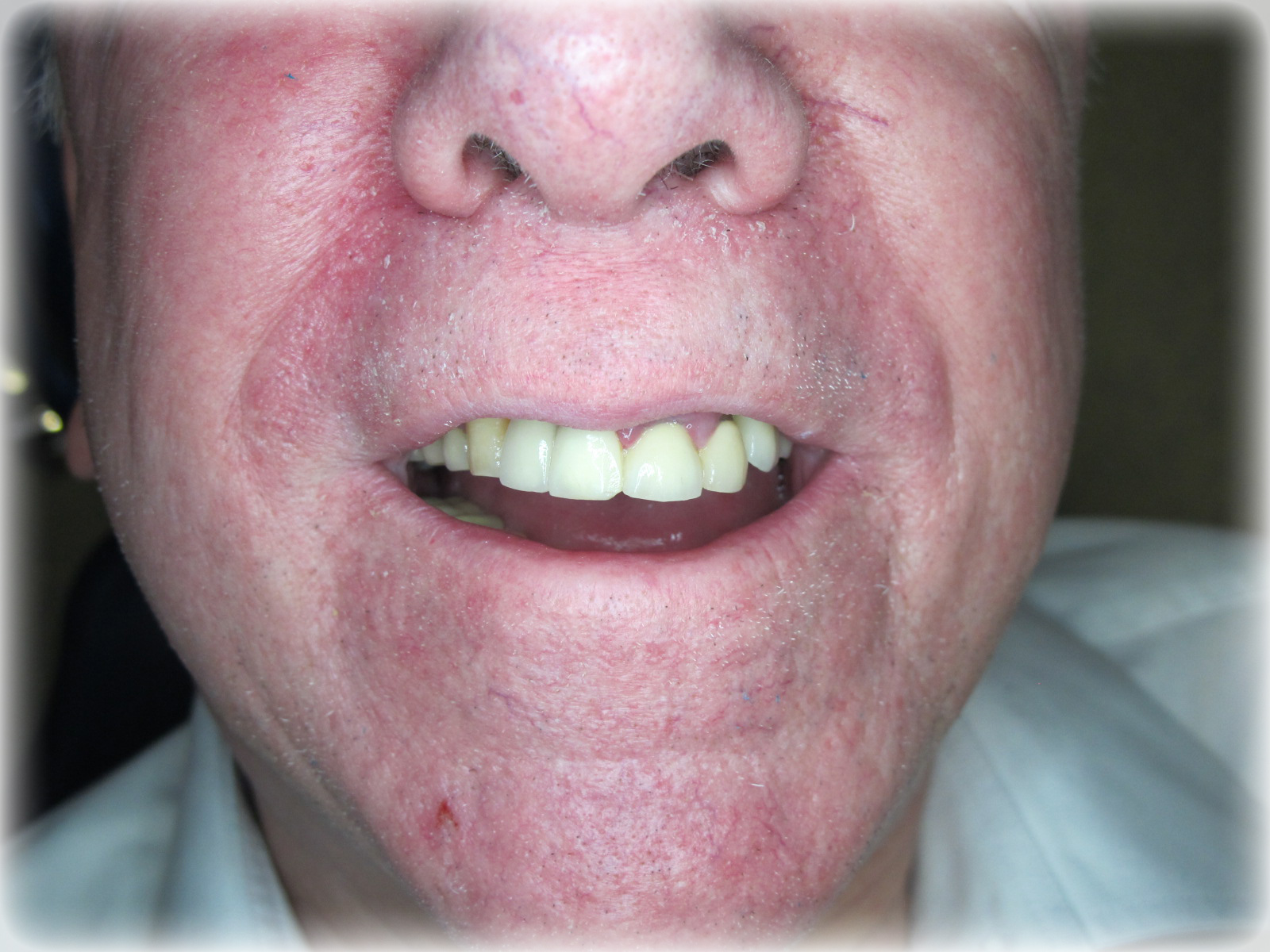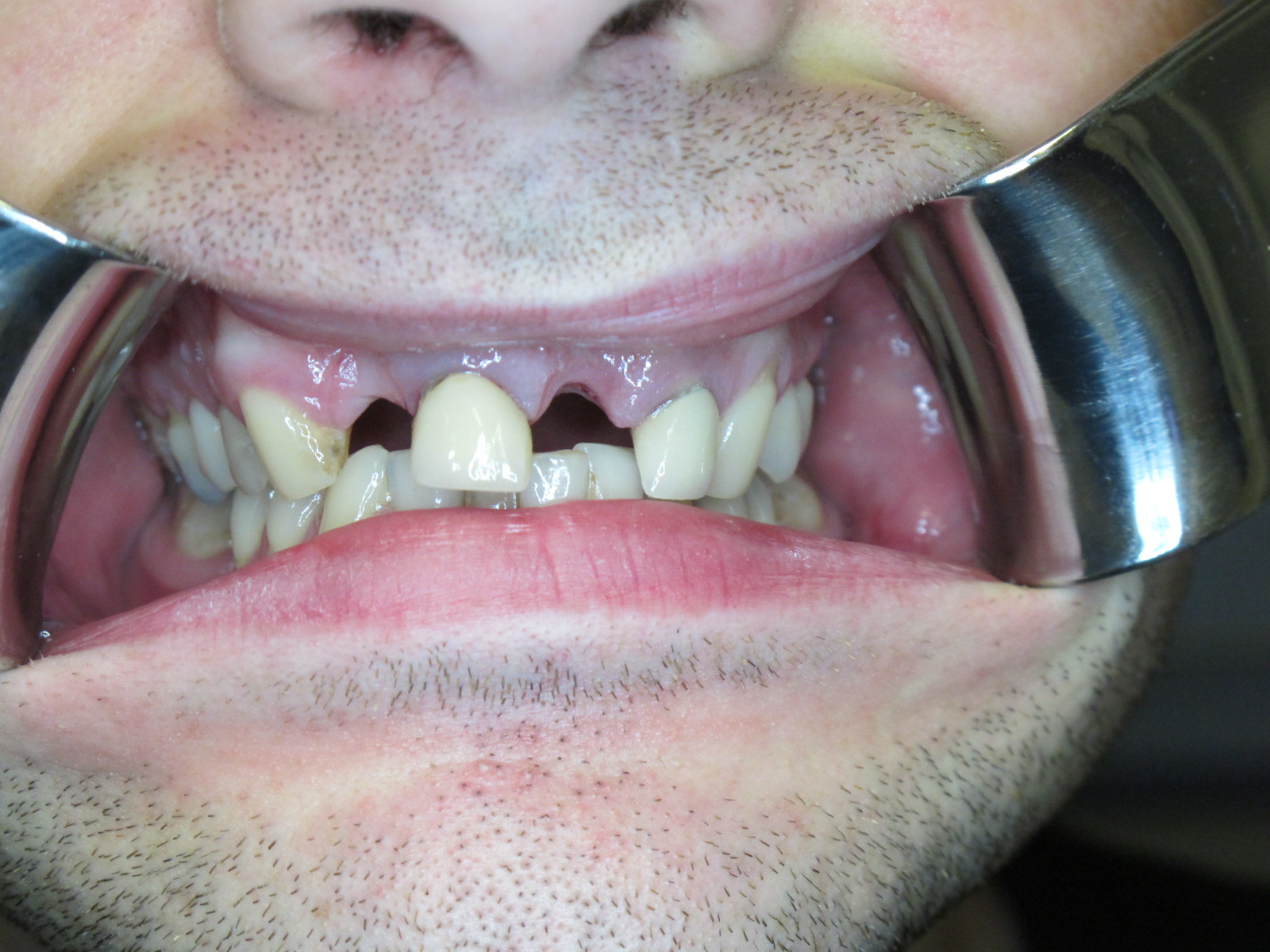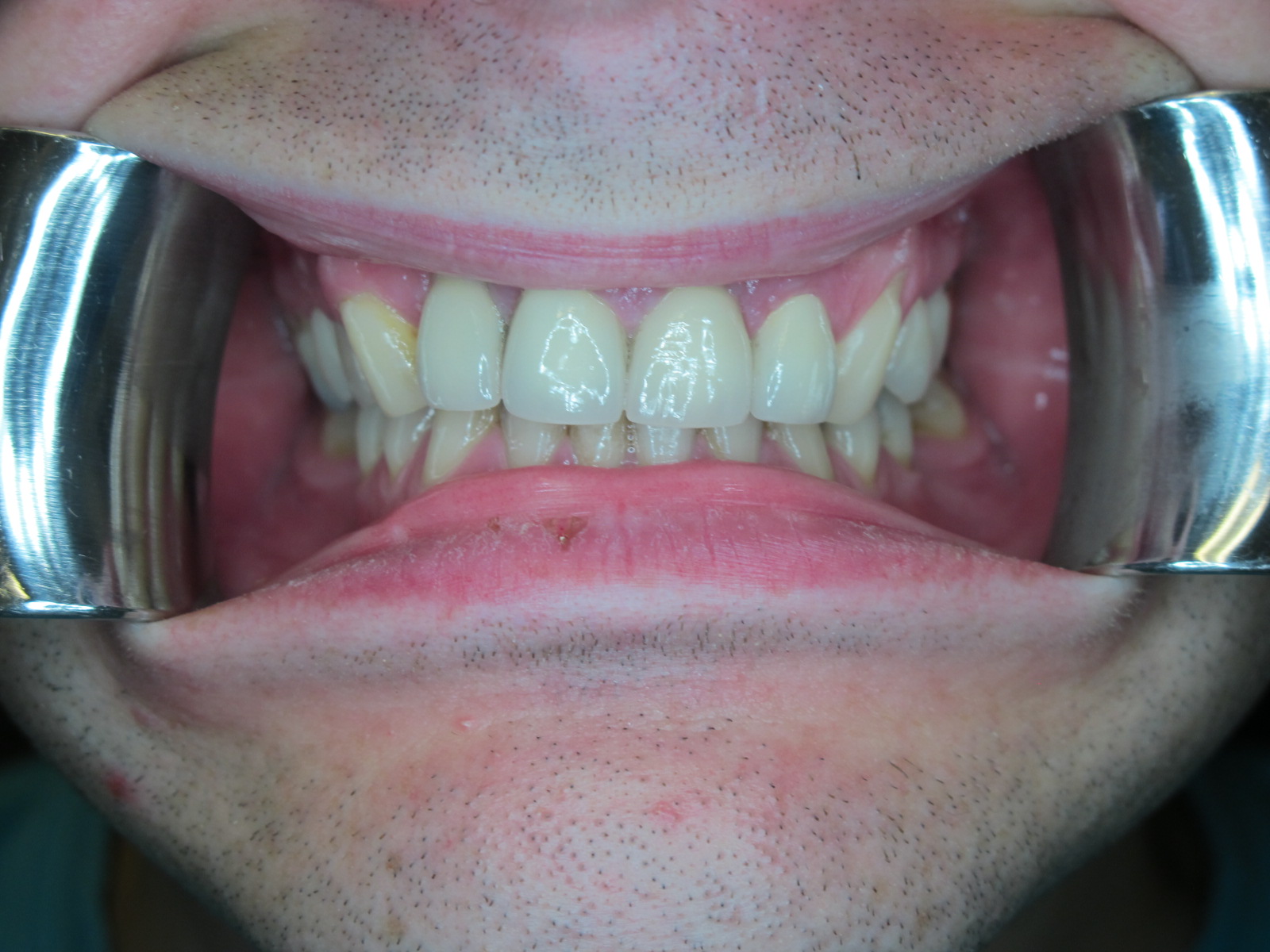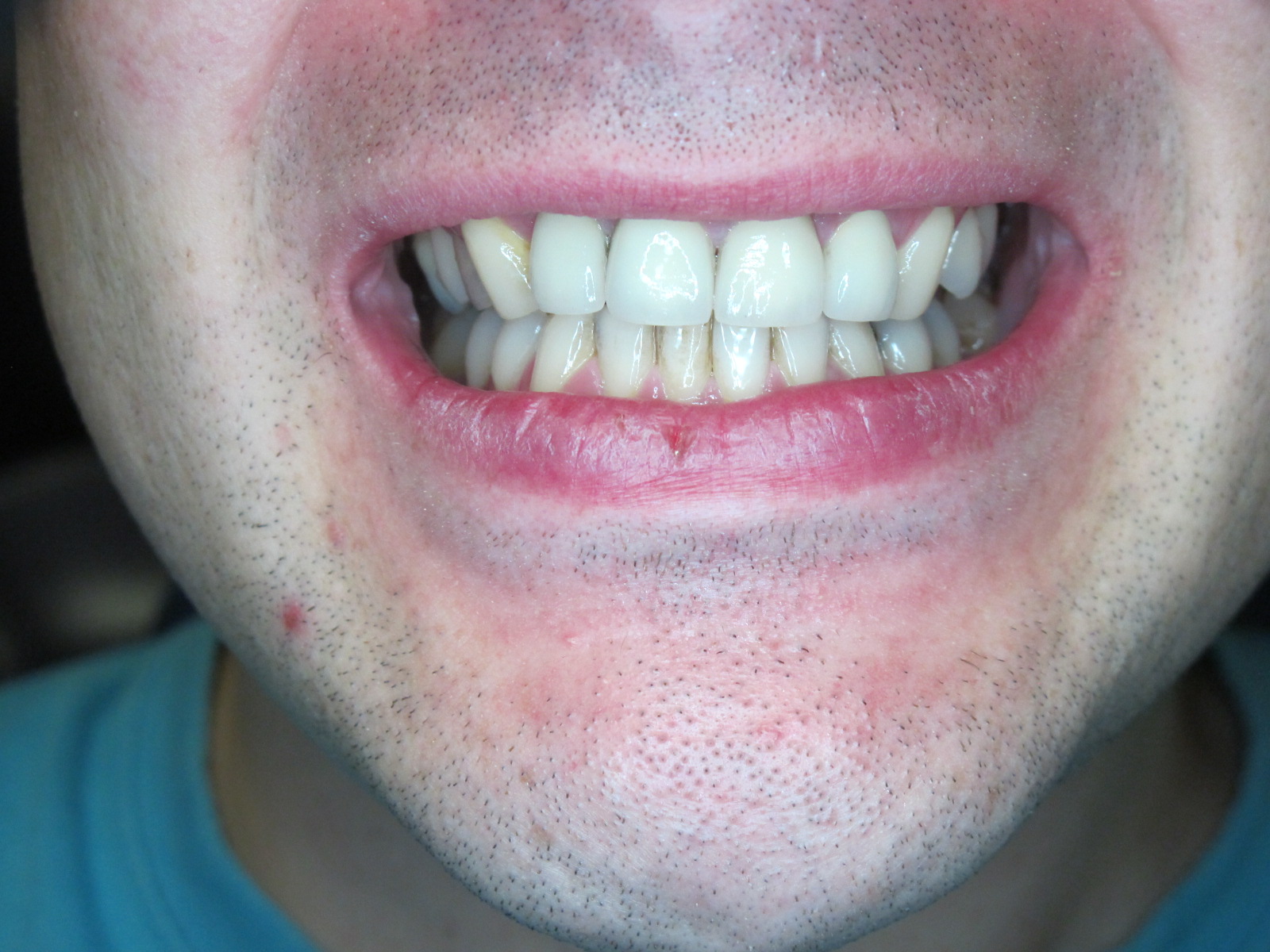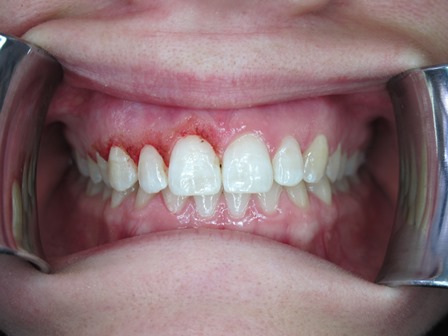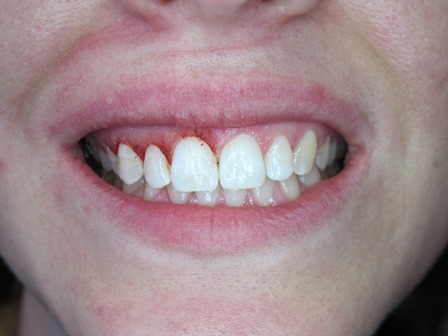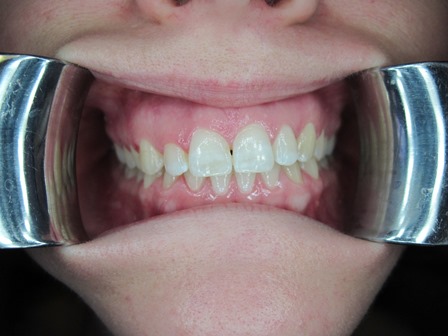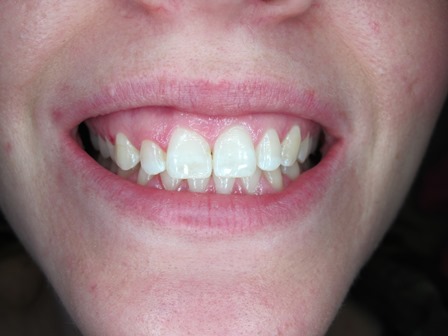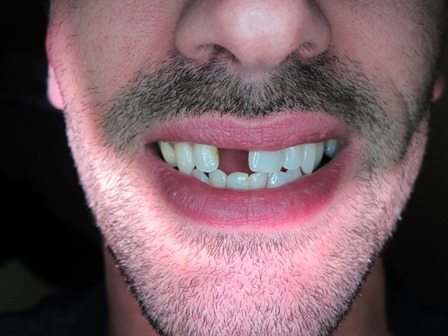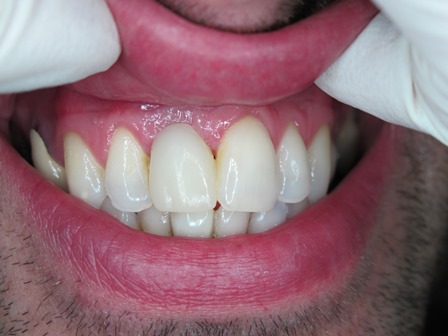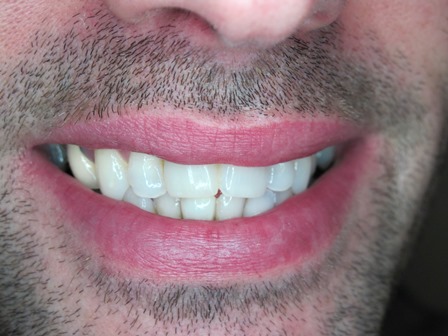Case Study
Tip Of The Month To Help Your Patients
C-Fast simple lingual orthodontics for the GDP
Mark Skimming looks at some simple, non-invasive orthodontic treatments.
With the growing trend of adults looking for cosmetic dental procedures, the demand for various types of simple orthodontic treatments is rapidly increasing.
It must be highlighted that although specialist orthodontists set the standard of the best treatment outcomes, many of these cases can be treated by appropriately trained general dentists achieving an ideal outcome or limited treatment outcome when a patient has rejected a comprehensive plan.
The recently set up European Society for Aesthetic Orthodontics (ESAO.co.uk) provides an excellent platform for
independent training and an advice forum as well as clearly defined protocols for assessing and planning treatment cases.
For those clinicians who are comfortable with planning, mechanical theories and treating cases of labial orthodontics, a logical next step is to complete training in alternative appliances. Training and mentoring for
simple lingual can be provided in house or by attending a scheduled course by contacting the C-Fast office.
Read the complete article here
Pink Porcelain?
Some patients opt not to have block grafts due to their wishes to finish treatment quicker or have less surgery.
Often we have a compromised result for these patients with the requirement to use pink porcelain. This was placed around an area of bone loss on the upper right 2 due to root fracture. Guided bone regeneration techniques were used to gain as much tissue as possible. But we knew this would not be ideal from the outset.
What happened? Due to the low lip line of the patient this was not a problem and the patient was delighted with the final result.
Laser Crown Lengthening, No Bleeding, No Post Op Pain -Treatment In 45 Minutes
With our hard and soft tissue laser we can now make any surgical crown lengthening case simple. With or without bone removal we can create symmetry in our effort to improve aesthetics without the usual discomfort, bleeding and instability of the final position normally associated with a scalpel and burs.
Immediate Restoration Of Implants
Here we have a 32 year old male presented with partial acrylic spoon denture. Understandably it was poorly retentive although aesthetically satisfactory.
Next we opted for immediate restoration of the tooth to maintain tissue form as he was concerned about this after research online. His occlusion was favourable as we could avoid contact in static and functional occlusion.
Then after 3 month of osseo-integration the final crown was placed with great soft tissue form.
For more information on procedures like this, why not come along to one of our study evenings.
How To Predictably Regenerate Lost Soft Tissue?
This 59 year old patient was referred by his dentist after a post crown fracture of the UR2. Typically the fracture of a post crown results in bone loss which is then followed by the loss of soft tissue. As a short term measure his dentist provided him with a rochette bridge.
This is a good short term restoration as it can be removed on command and can be used to contour soft tissue. Visible from the photos his lip line on smiling would rest at the gingival margins on the centrals however the margin over the upper right lateral wasn’t visible.
As you can see from the blanching of gingivae on the mesial of the pontic we attempted to regenerate the mesial papilla as much as possible whilst the implant integrates. This technique managed to regenerate 3mm of papilla with the final restoration in place which will be fully regenerated to 5mm in 2-3 years.
The patient was returned to his own dentist to replace the unaesthetic crown on the neighbouring central. Although not essential in this case we always strive to replace form and function of not only the tooth but the surrounding tissues with every fixed restoration.
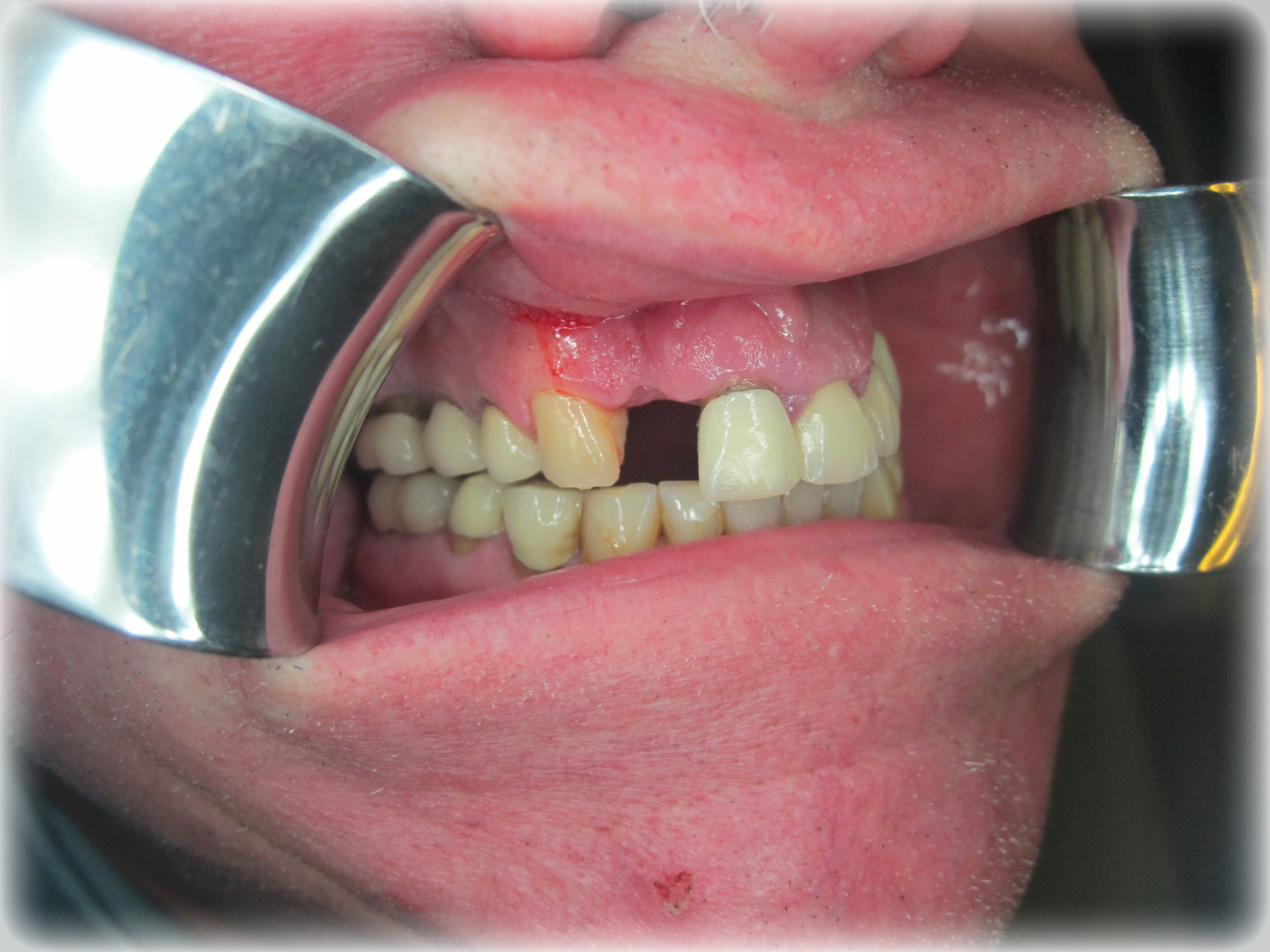
Case Study
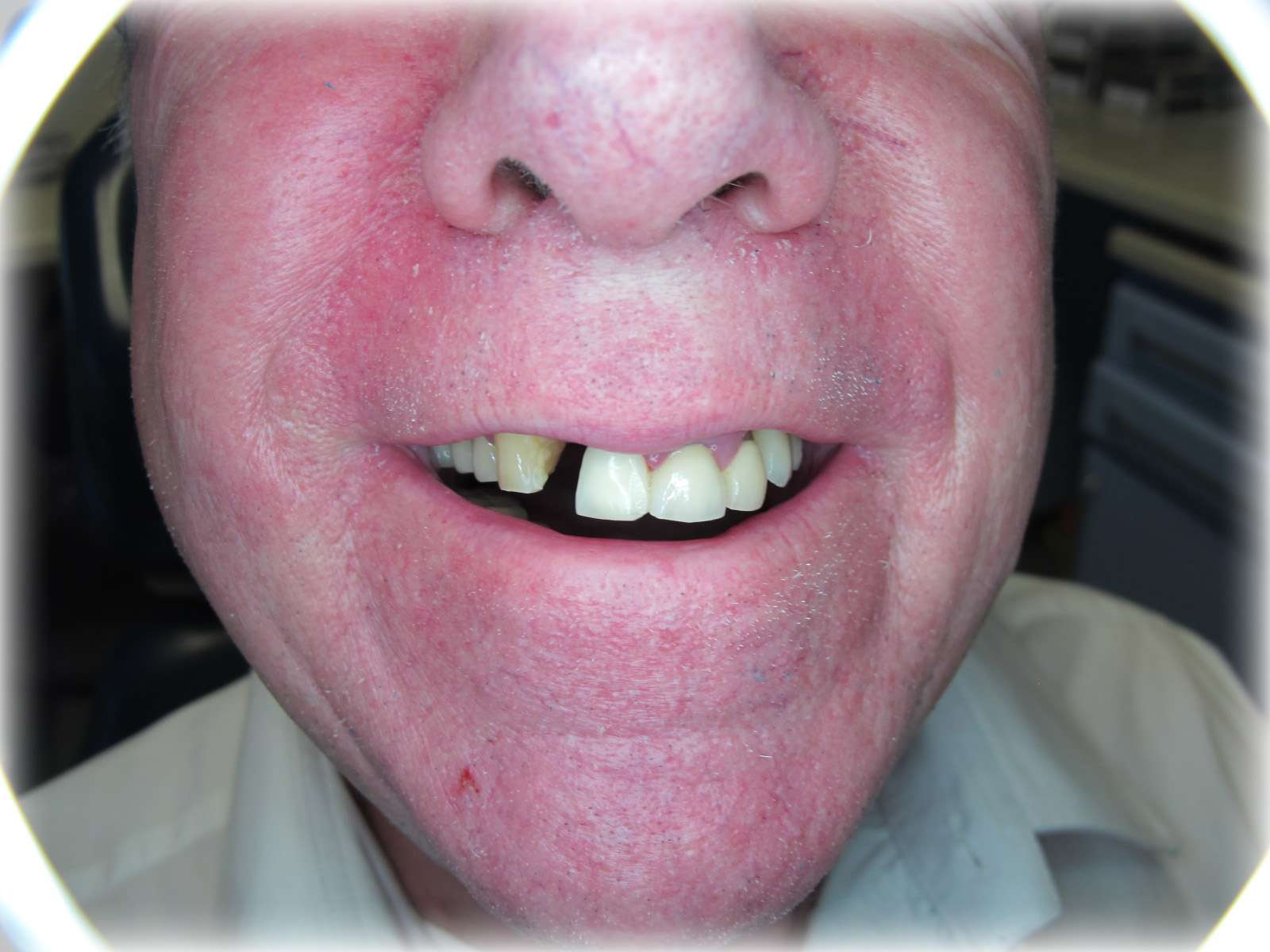
Case Study
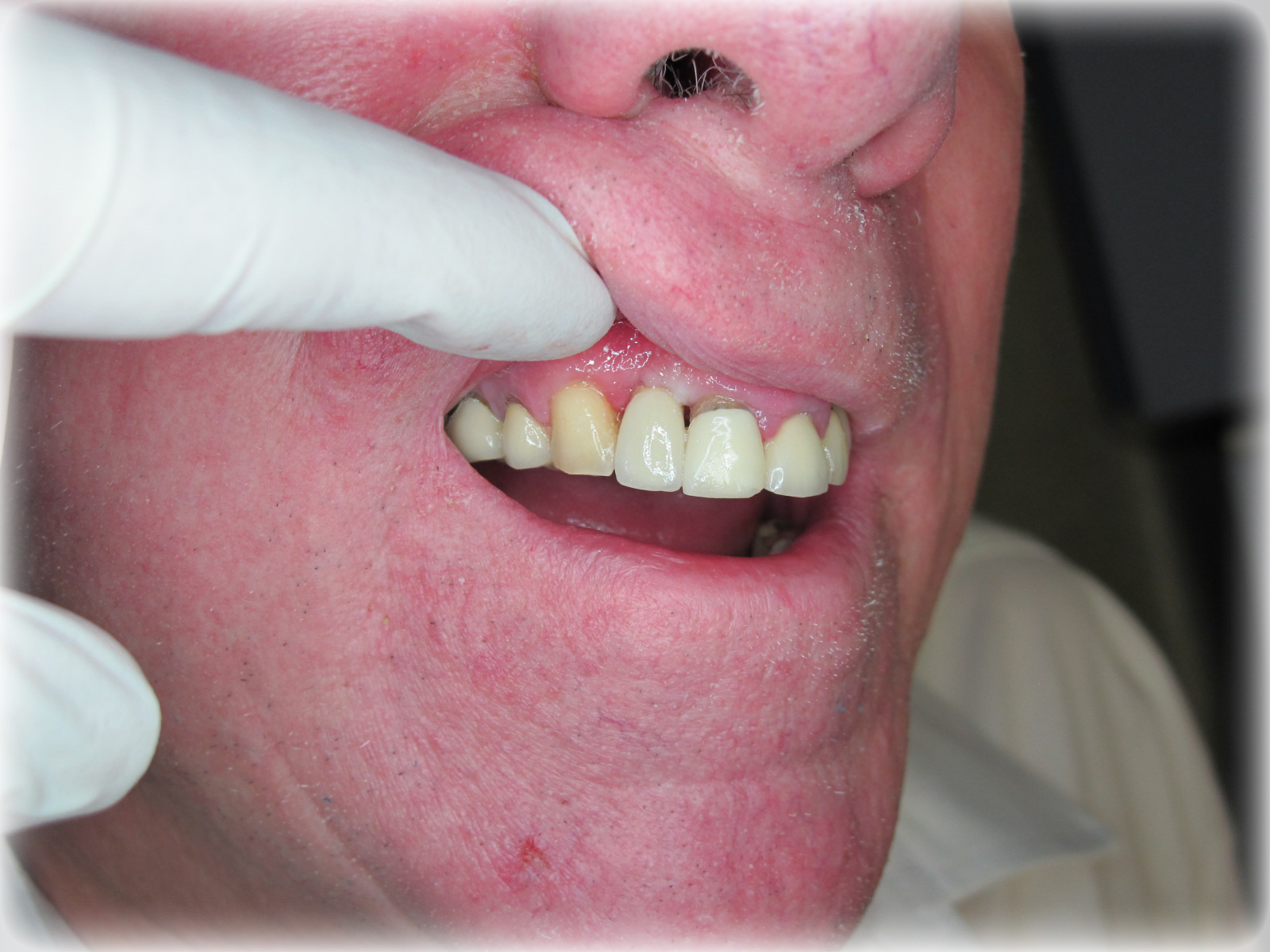
Case Study
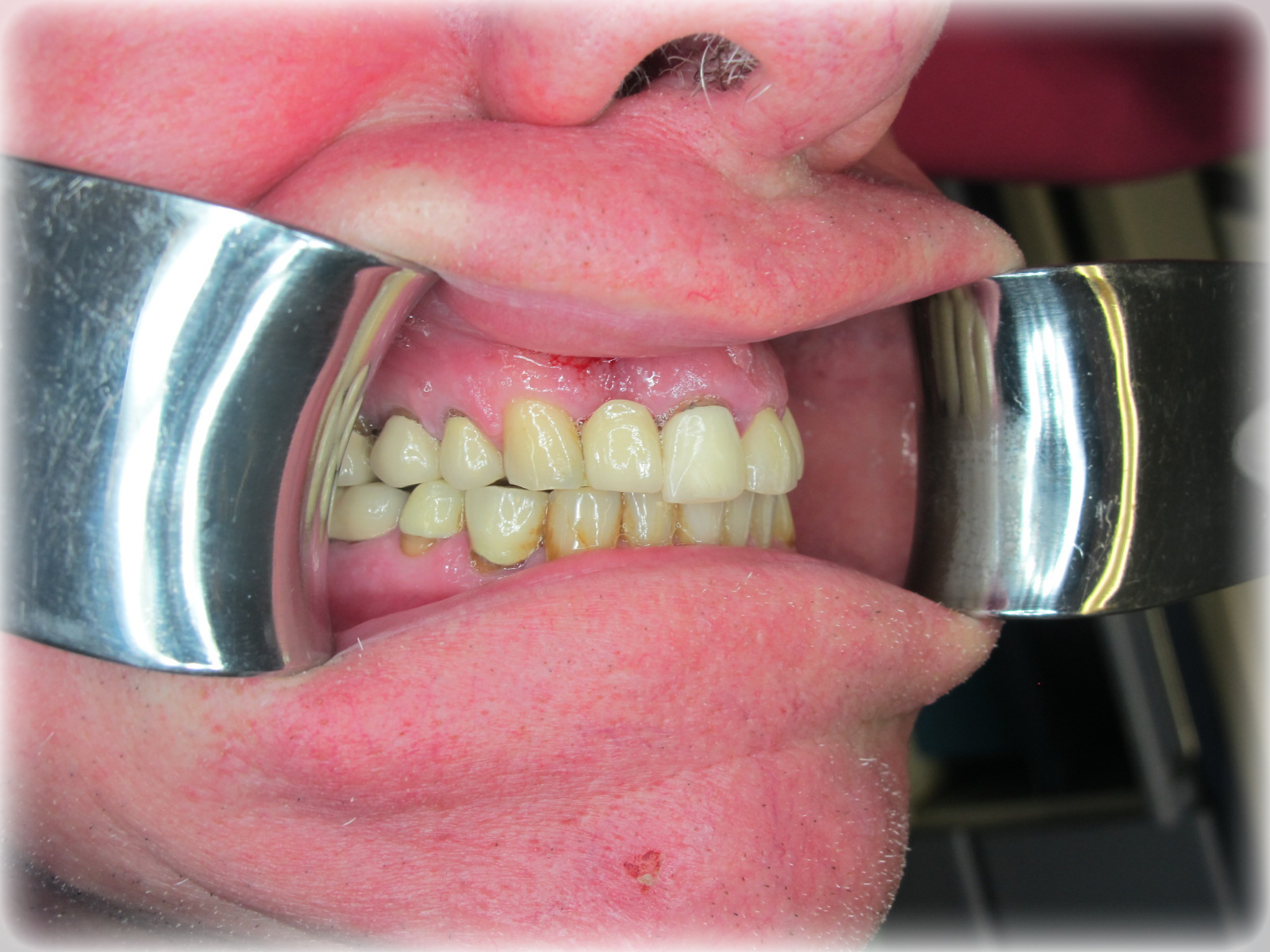
Case Study
